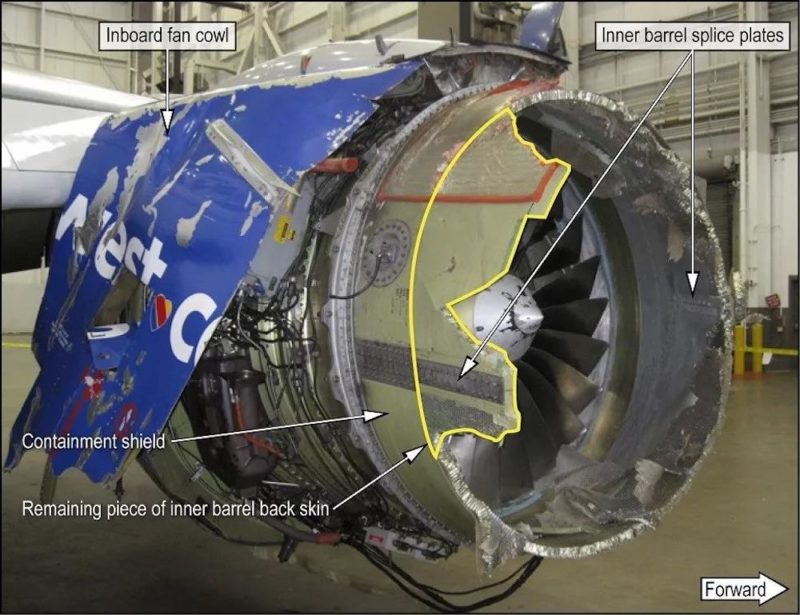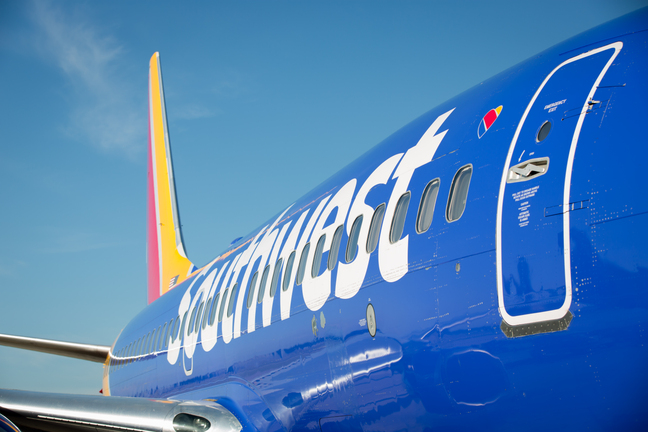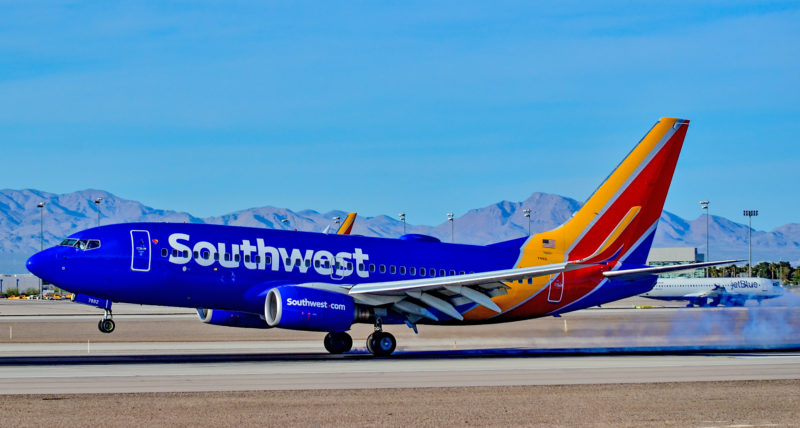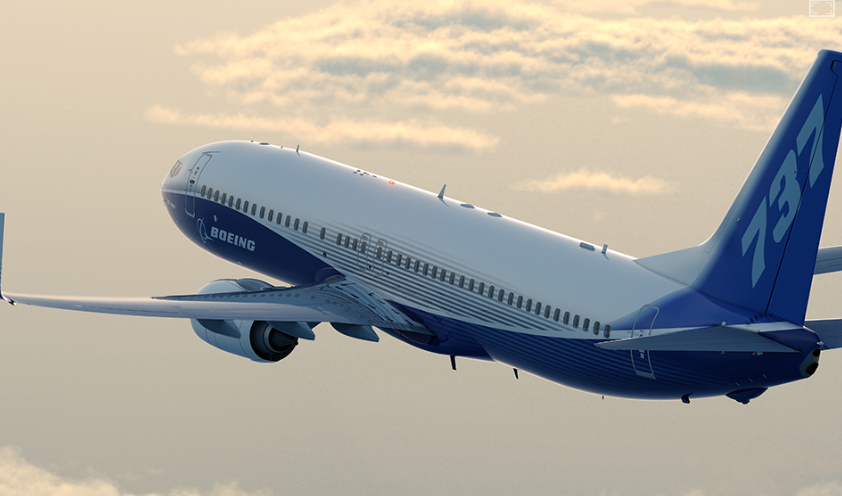Earlier today the U.S. National Transportation Safety Board (NTSB) published the accident report for Southwest Airlines flight 1380 on April 17th, 2018. Left engine failure and subsequent depressurisation happened on that flight, which was operated by a Boeing 737 -7H4 aircraft registered as N772SW. One passenger was killed by the accident.

In the document, the NTSB issued recommendations to the Federal Aviation Administration (FAA):
- Requiring Boeing to determine the critical fan blade impact location(s) on the CFM56-7B engine fan case and redesign the fan cowl structure on all Boeing 737 next-generation series airplanes, to ensure the structural integrity of the fan cowl after a fan-blade-out event.
- Once the actions requested in Recommendation 1 are completed, Boeing are required to install the redesigned fan cowl structure on new-production 737 next-generation-series airplanes.
- Once the actions requested in Recommendation 1 are completed, operators of the Boeing 737 next-generation-series airplanes are required to retrofit their airplanes with the redesigned fan cowl structure.

Later in the day, Boeing published a statement in response to NTSB.
Safety and quality are Boeing’s top priorities and Boeing is committed to working closely with the FAA, engine manufacturers and industry stakeholders to implement enhancements that address the NTSB’s safety recommendations.
The Boeing Company
According to Boeing, their future actions include:
- Supporting engine manufacturers’ recommendations for fan blade inspections.
- Enhancements to be introduced into the inlet and fan cowl designs to enhance their ability to withstand an engine fan blade out event, as well as to increase the overall capability of these structures.
In addition, Boeing says they are working on the design enhancements to fully address the safety recommendation from the NTSB. Once approved by the FAA, that design change will be implemented in the existing NG fleet over the longer term.

According to Reuters, Southwest said they will review the recommendations and work “with the manufacturers to prevent this type of event from ever happening again.”
The FAA did not immediately comment.


